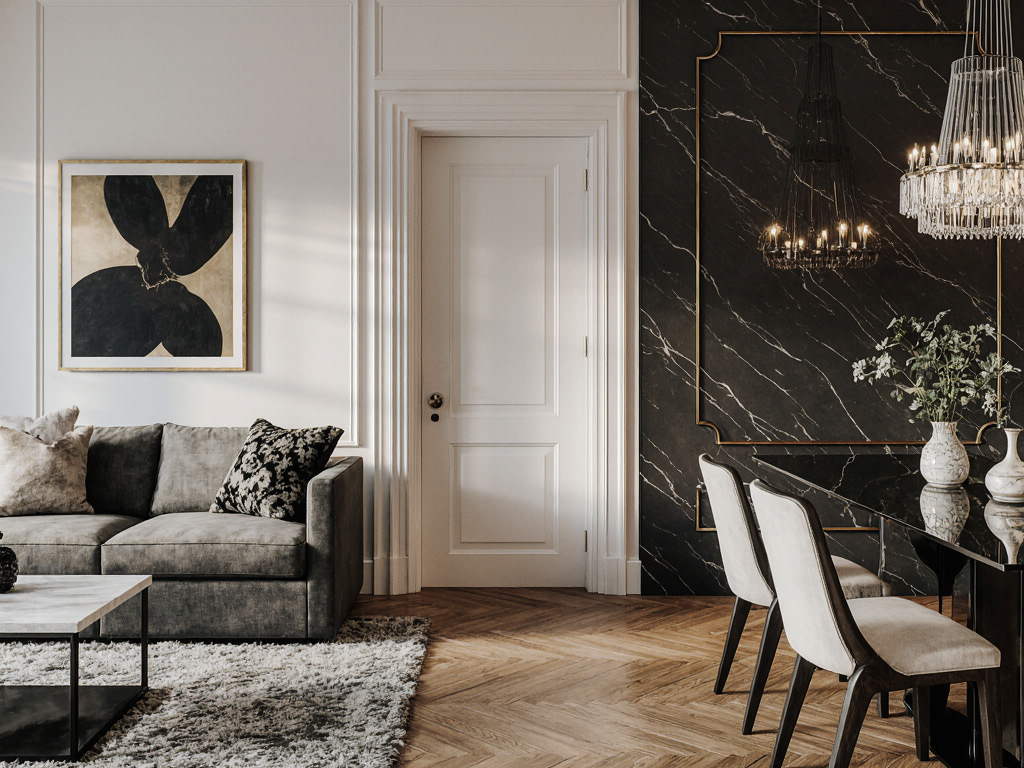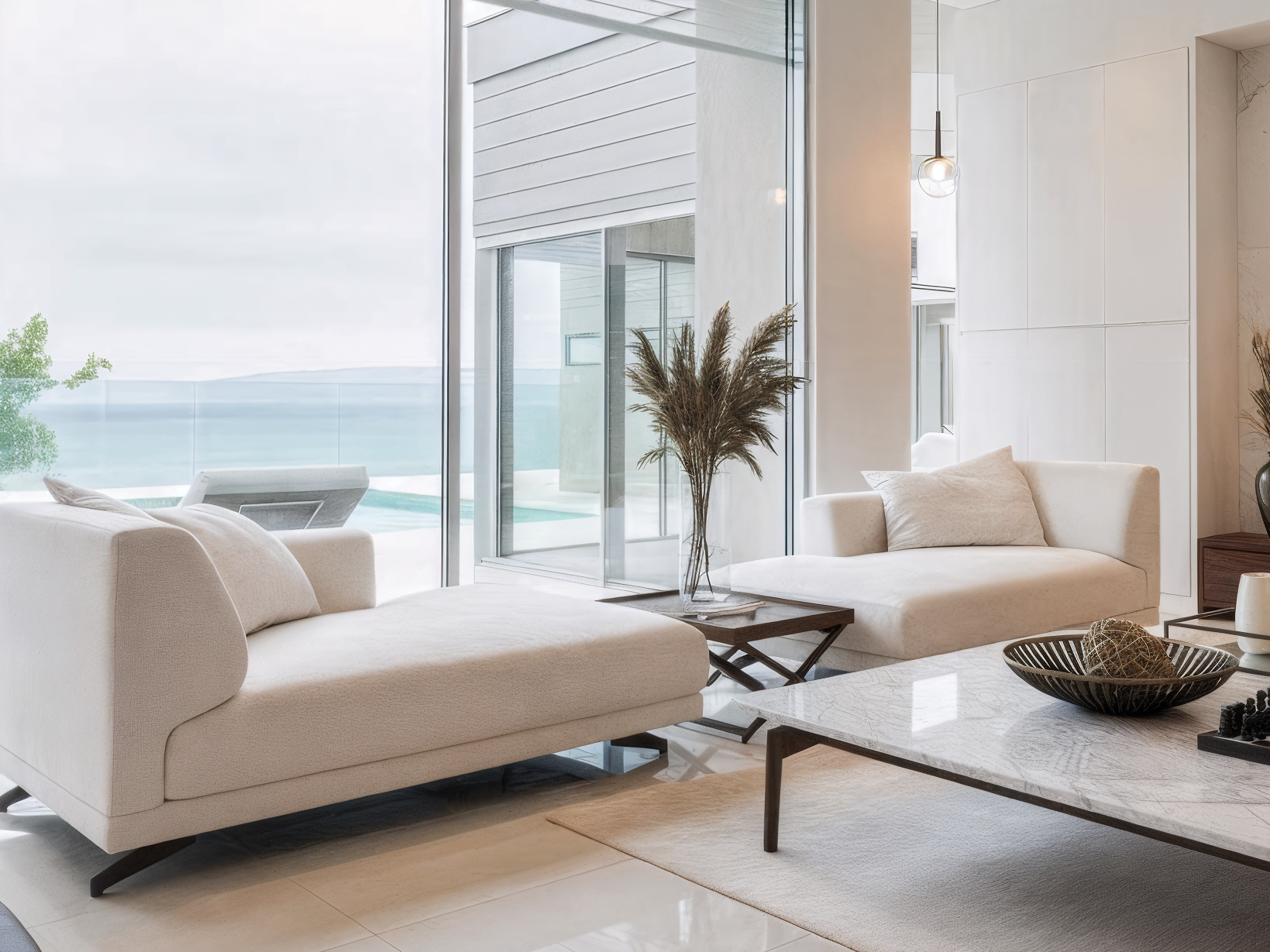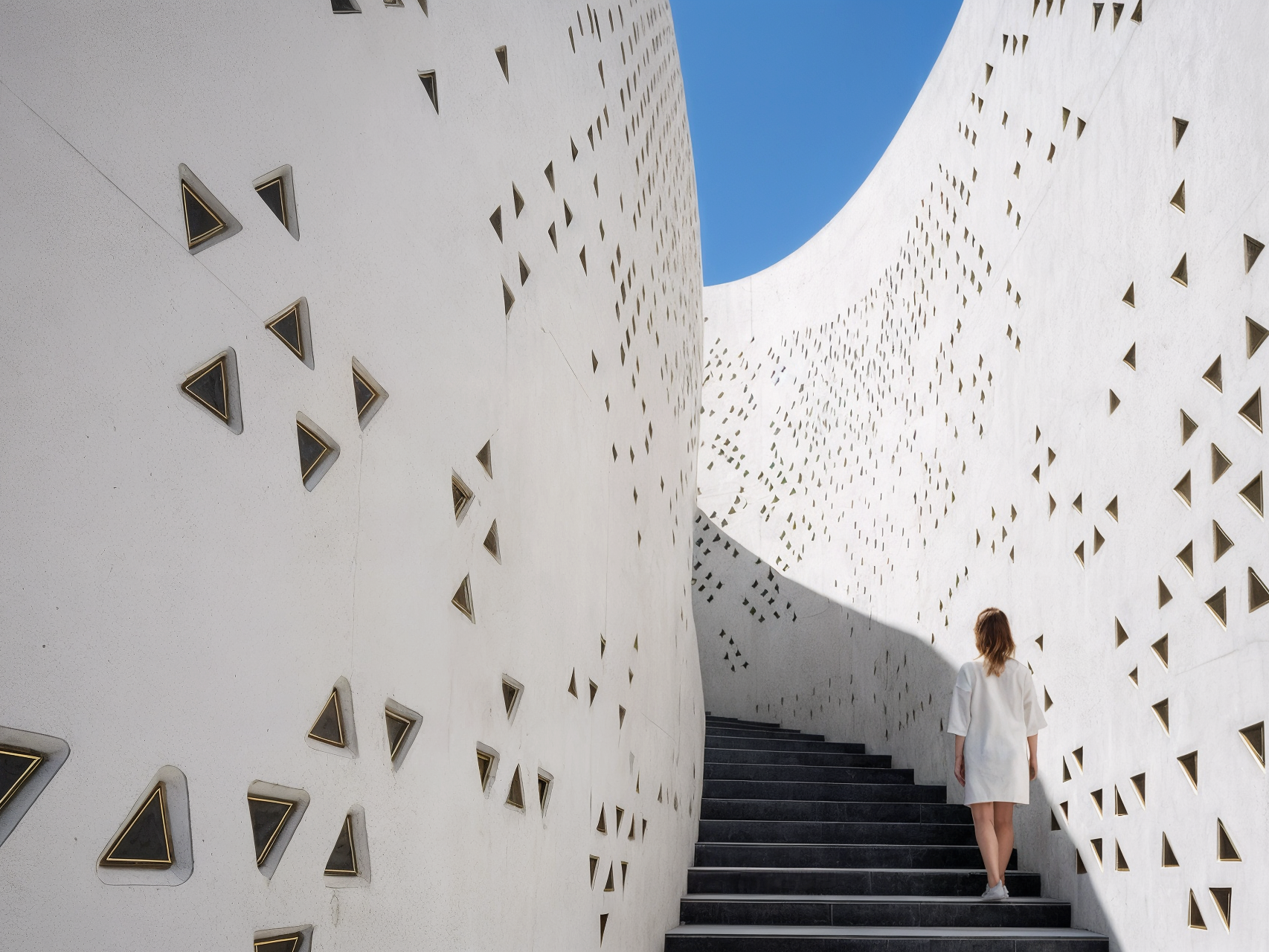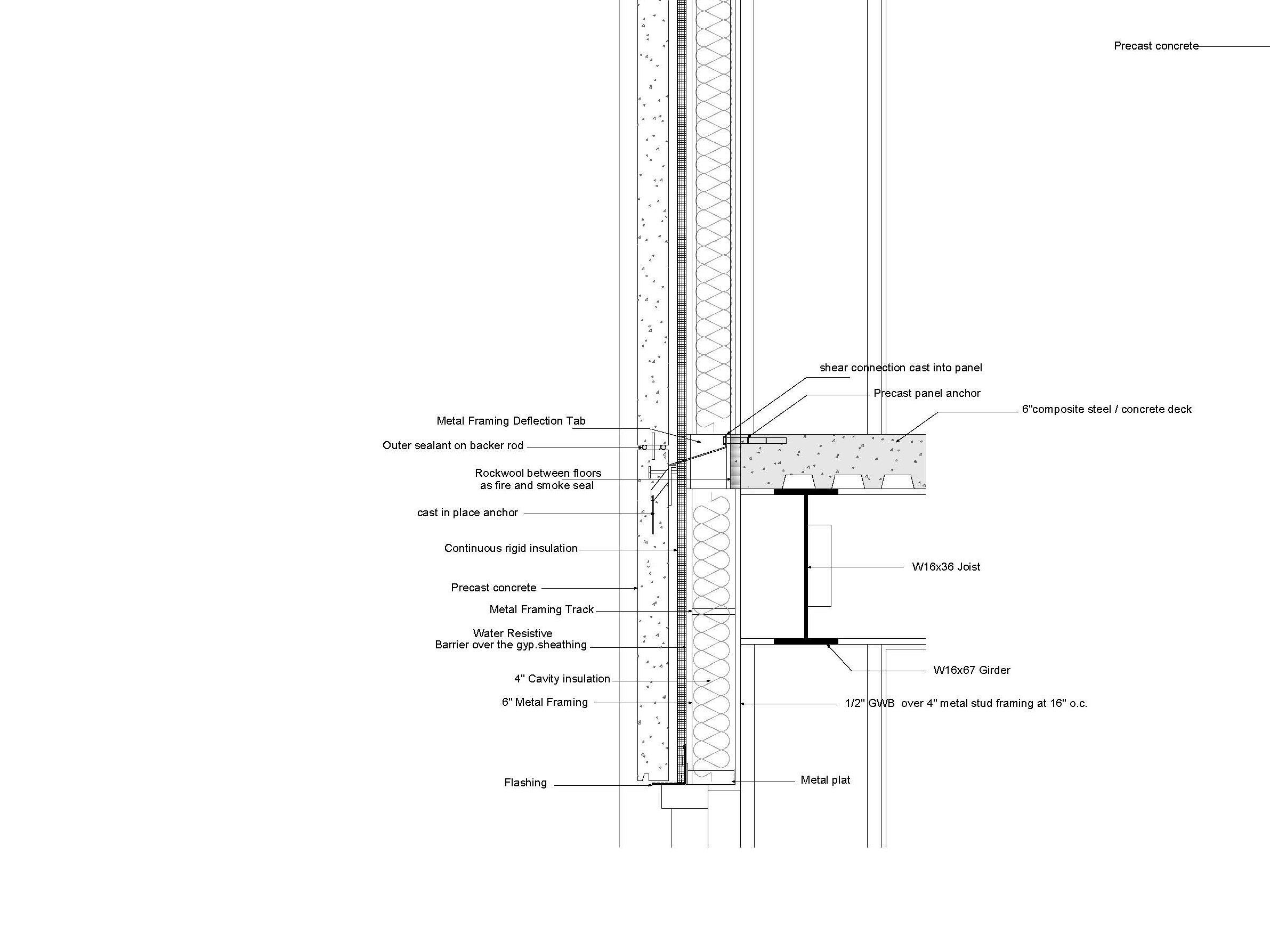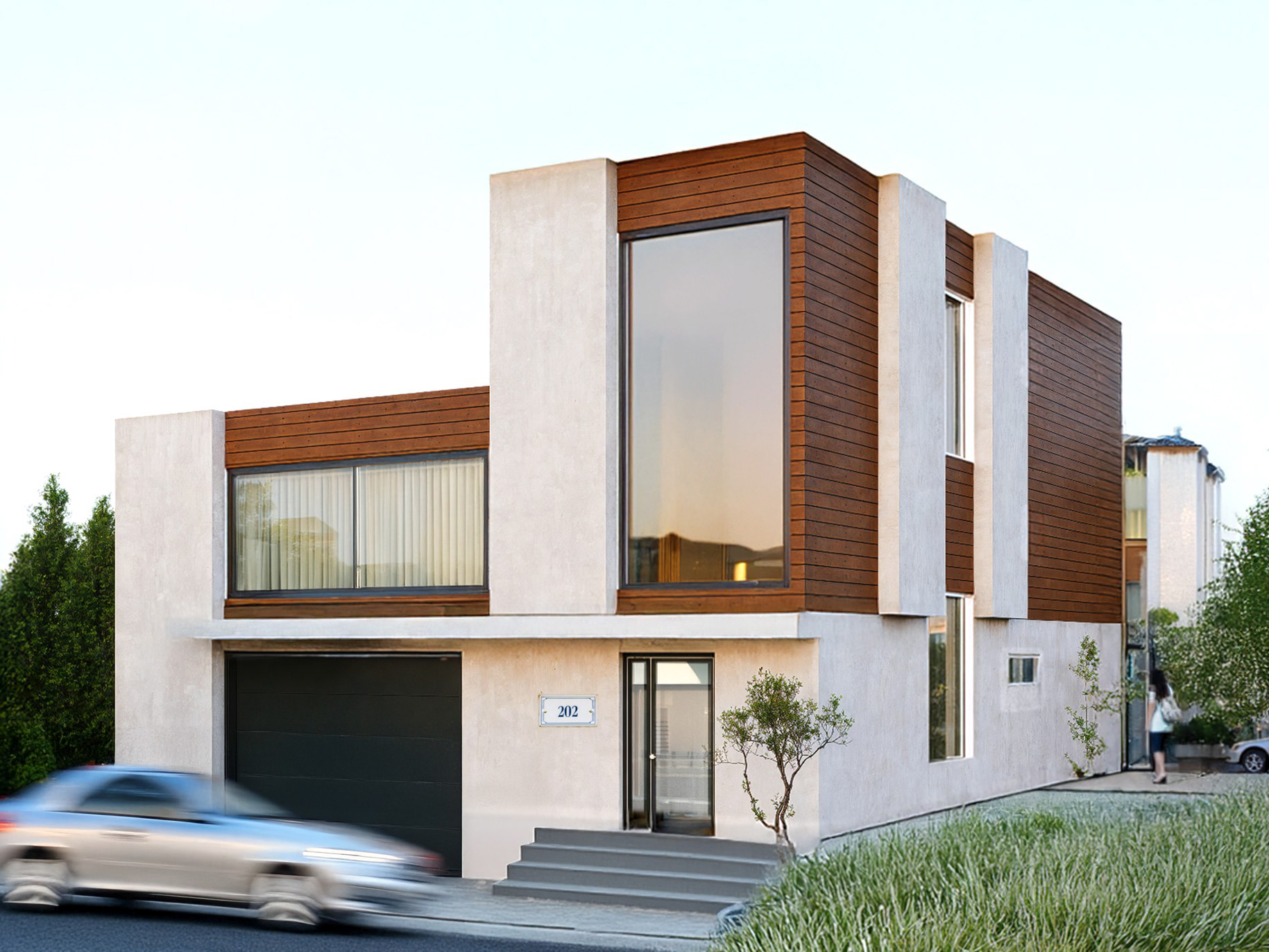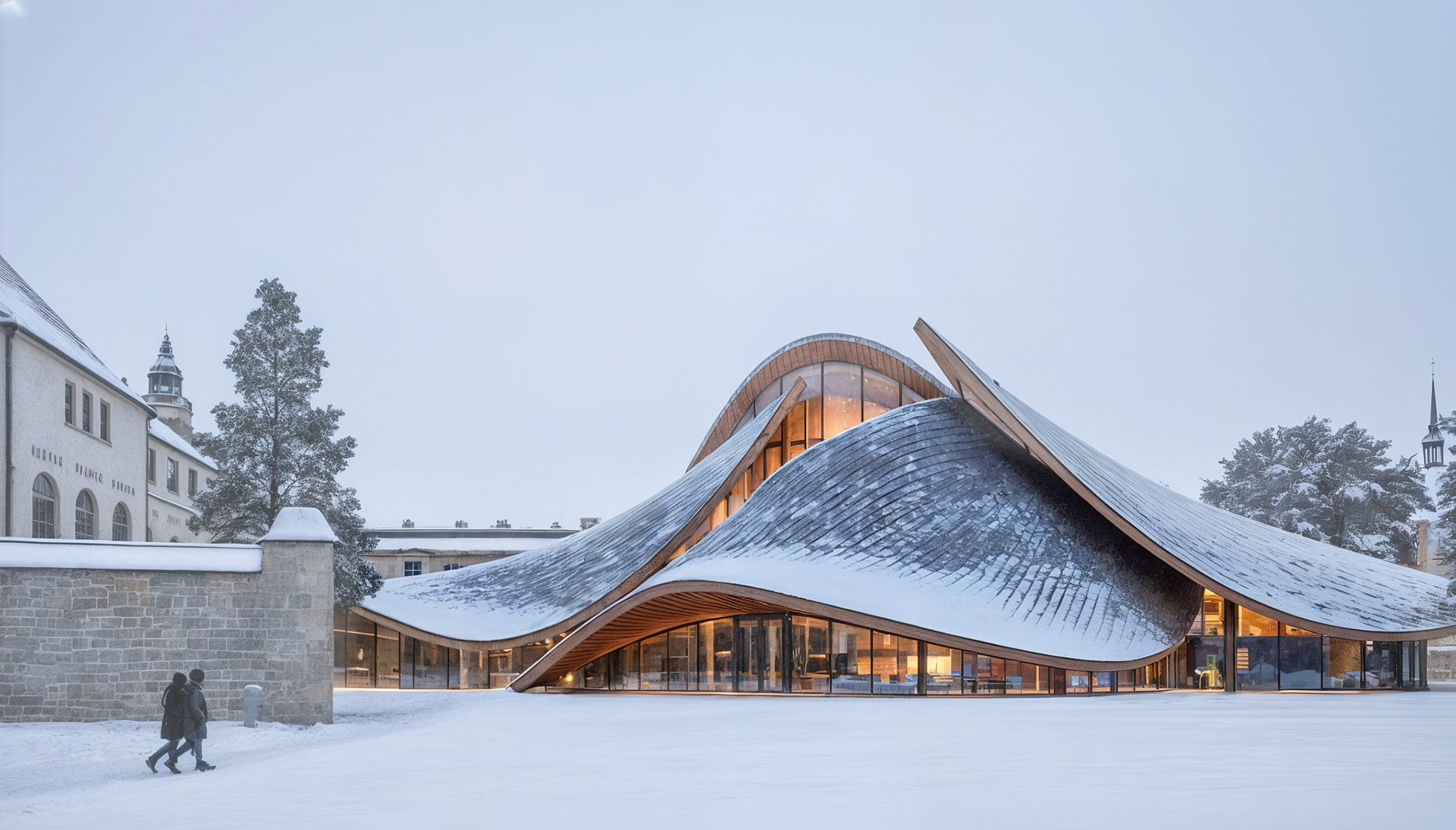
The Helsinki new museum is an extension to existing museum in Finland. The National Museum of Finland is located on Mannerheimintie 34, a central urban axis in Helsinki surrounded by green areas and cultural buildings. Designed by Gesellius, Lindgren & Saarinen, it was completed in 1910 and opened in 1916.
The design started with a 3D model focused on organizing the required spaces and program. Inspired by nearby buildings with internal courtyards, the new museum features a central courtyard surrounded by four main volumes: two for exhibitions, one for the main entrance, and one for services. A basement level supports additional service functions.
In the upper floors, a 2-foot gap is maintained between the floor slab and the building’s glass façade. This design decision helps prevent direct structural pressure or thermal bridging on the glass system, enhancing its performance and longevity. Additionally, the gap promotes better natural air circulation between floors, contributing to the building’s passive ventilation strategy. For safety, the space is fully covered with a concealed metal mesh, ensuring protection without compromising the clean architectural appearance.
The sloped roof supports snow drainage and highlights the building’s modern geometry, creating a distinct yet harmonious extension to the historic museum.
In this project, solar shingles were installed above the final metal roof layer to combine aesthetics with sustainability. The steep roof slope allows snow to slide off easily, ensuring better sunlight exposure and efficient energy generation. It also improves water drainage and roof durability, making this a smart, sustainable solution for cold climates.
